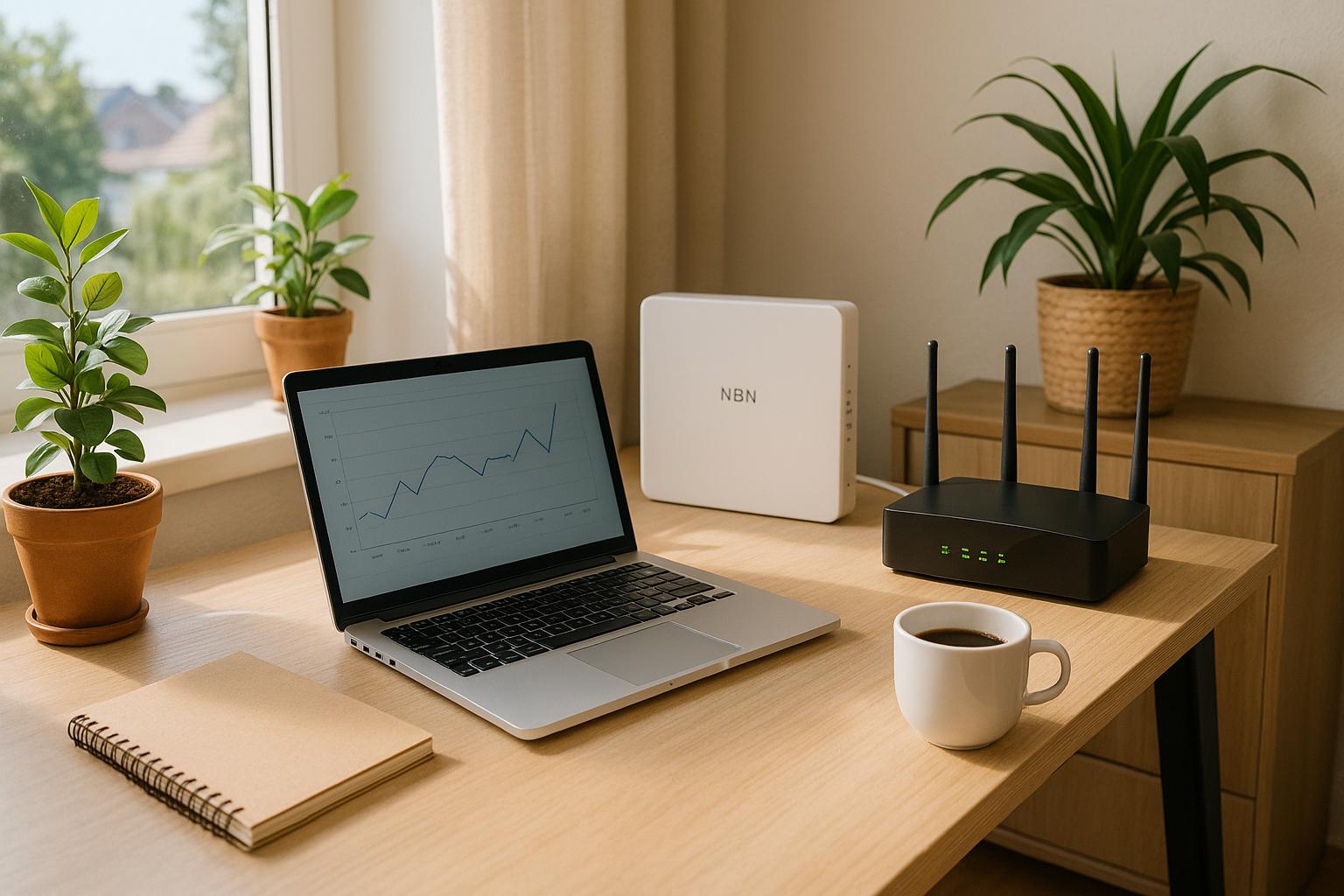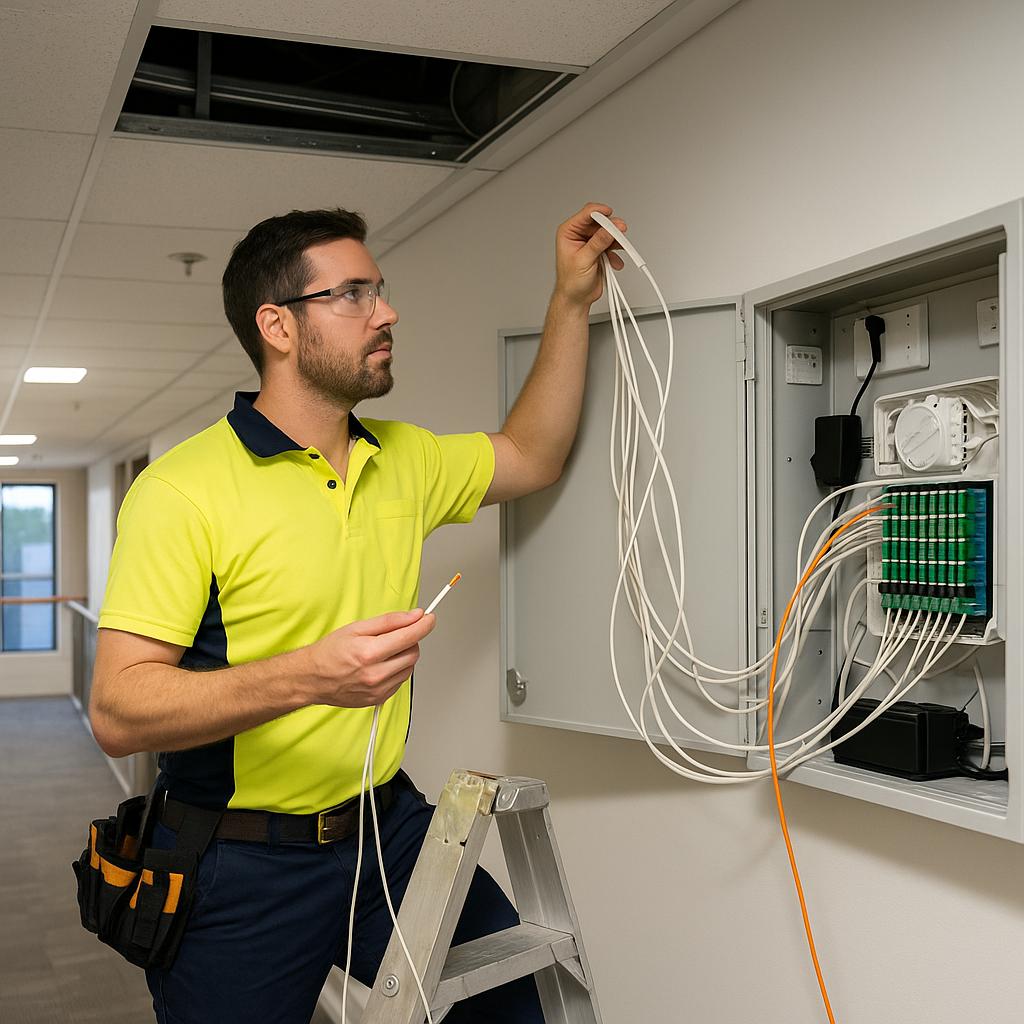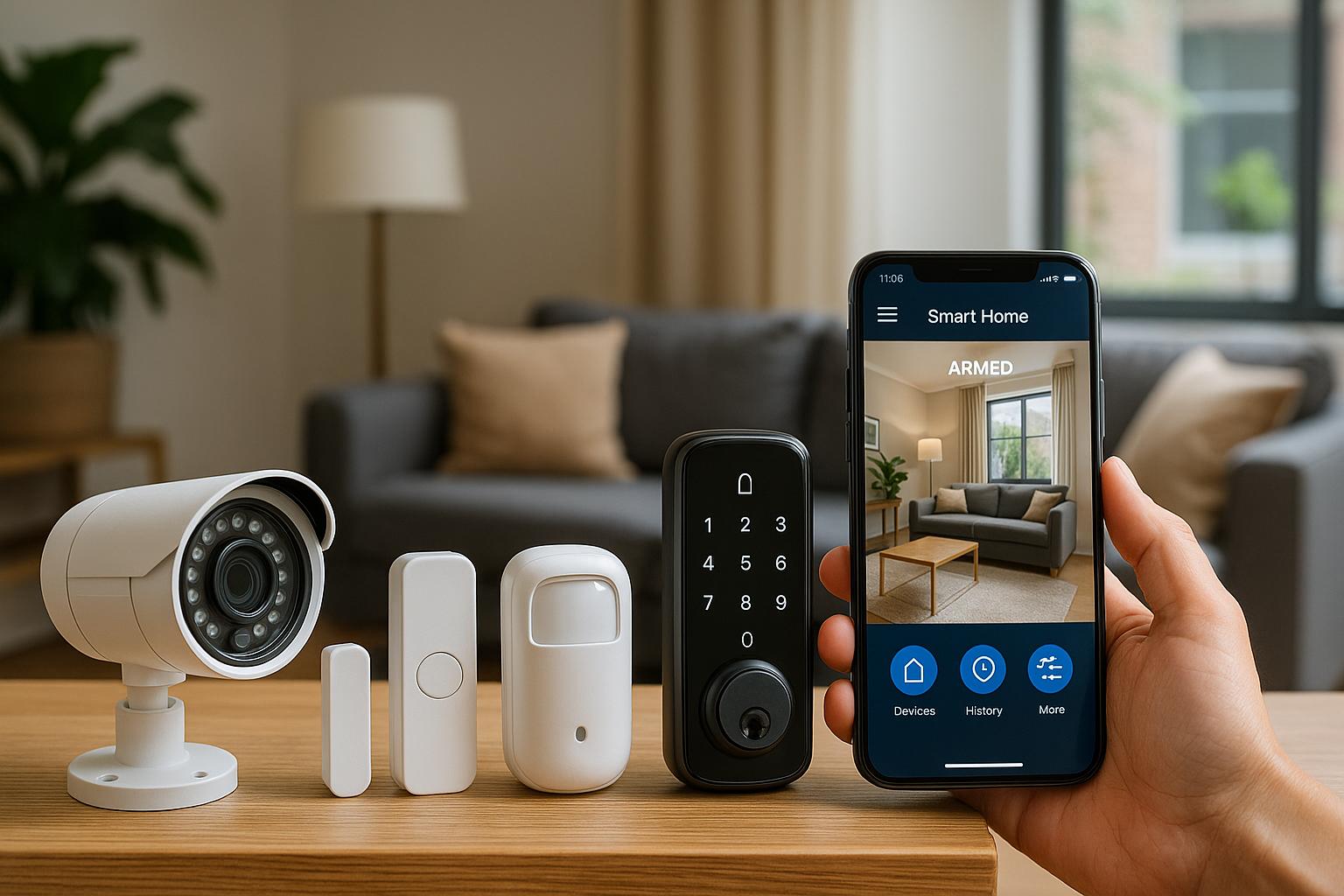G’day, folks! If you’re like me, you’ve probably wondered how wireless internet service delivers internet connectivity without a single cable in sight. As someone living in beautiful South Australia, I know the conveniences wireless technology brings to our daily lives. Whether you’re working from home, streaming the latest footy match, or uploading photos from your last camping trip, understanding the basics of wireless internet can be mighty handy. So let’s dive in and break down the essentials of this fantastic technology for blokes and sheilas aged 30-55, just like us.
What is Wireless Internet Service?
Wireless internet service allows users to connect to the internet using technologies like Wi-Fi or cellular networks. Essentially, it’s all about cutting the cord and giving you freedom to surf the web from almost anywhere within the service area. Despite its complexity, the basic idea is quite straightforward: connect to the internet without needing a wired connection.
How Wireless Internet Service Works
Wireless internet service revolves around networks that bring internet access through designated hotspots or access points. These networks can use a range of technologies to achieve this, but let’s cover the two key setups:
- Basic Service Set (BSS): This is a simple network setup with a single server and multiple stations wirelessly linked. The IEEE 802.11b specification supports this configuration.
- Extended Service Set (ESS): A more robust setup where two or more BSSes are connected at access points, offering wider coverage area and improving reliability.
To bring it all together, Wireless ISPs frequently rely on cell towers connected by backhaul channels to maintain stable internet access and ensure adequate bandwidth throughout their service areas. Think of it like the hidden wheels and gears of a well-crafted Swiss watch, making sure everything keeps ticking smoothly.
Types of Wireless Internet Services
If you thought wireless internet is a one-size-fits-all solution, think again. There are different types of services tailored to suit various needs:
- Fixed Wireless Internet: This option connects homes and businesses using fixed antennas. It’s an excellent choice for rural areas or places where installing traditional wired internet is a challenge.
- Mobile Wireless Internet: Utilising cellular networks, this is perfect for mobile devices or can even serve as home internet through nifty devices like 5G gateways.
- Satellite Internet: When all else fails, there’s always the trusty satellite. A handy option for remote areas where terrestrial connections don’t quite reach.
Benefits of Wireless Internet Service
The perks of going wireless are plenty:
- Expanded Access: Helps bridge the gap in rural and underserved communities, a critical factor in promoting remote work, online learning, and even telehealth services in regional areas.
- Variety of Services: Not mere internet access; wireless ISPs often provide comprehensive solutions including voice and data services.
- Flexibility: Move within the service area with ease and add new customers without needing to dig any trenches — brilliant!
- Quick Setup: Gone are the days of waiting months for a technician. With some wireless services, you can self-install and be online in no time.
Challenges of Wireless Internet Service
Yet, like a well-cooked barbecue, not everything is picture-perfect. Wireless internet can face some hurdles:
- Weather Interference: Bad weather like heavy rain or storms can affect signal quality and cause disruptions.
- Physical Interference: Trees, buildings, or even your neighbour’s new fence might block or weaken signals.
- Bandwidth and Performance Issues: Networks need to be carefully managed to avoid slow speeds and unhappy users. Keeping an eye on capacity and infrastructure is a must for any ISP.
Maintaining Network Infrastructure
To keep everything running smoothly, Wireless ISPs have to look after their network infrastructure. Here’s how they maintain reliability:
- Regular Capacity Assessments: A continuous check on network capacity helps ensure everyone gets the speed they signed up for.
- Terrestrial Fiber Network Rings: These rings are the backbone for many wireless networks, ensuring reliability and supporting high bandwidth needs.
Setting Up Wireless Internet Service
Fancy getting connected with wireless internet? Here’s what you need to know:
- Eligibility Check: First, check if your area is covered. Service eligibility usually depends on your location being within the network’s capacity.
- Equipment: You’ll need a device like a 5G gateway, which converts cellular signals into Wi-Fi to connect your devices.
- Self-Installation Kits: Many services offer DIY kits, so you can get online quickly without the need to invite strangers over for a cuppa.
- Device Limitations: Remember, the more devices you have connected, the more your network’s traffic load increases, which might slow down your speeds.
Conclusion
Wireless internet service is a flexible, often necessary option for getting online, especially where wired connections aren’t feasible. By understanding how it works, recognising its benefits and challenges, and knowing how to set it up, you’re better positioned to choose the right service for your needs. So next time you’re out in the bush or relaxing at home, you’ll appreciate the invisible marvel of wireless internet keeping you connected. It’s a tech tale as rich and diverse as our Aussie landscape — and now you know all about it!
Cheers for sticking around to read this guide. If you’re keen to learn more about wireless tech and how it could benefit you, stay tuned for more down-to-earth advice.



